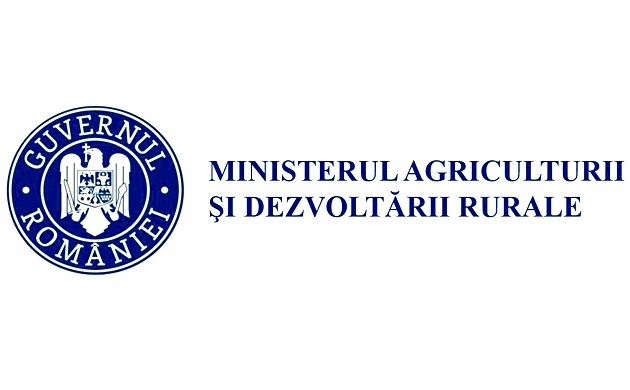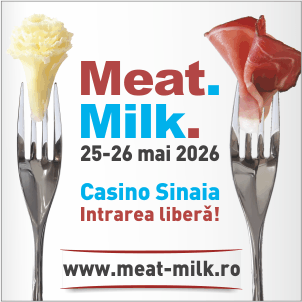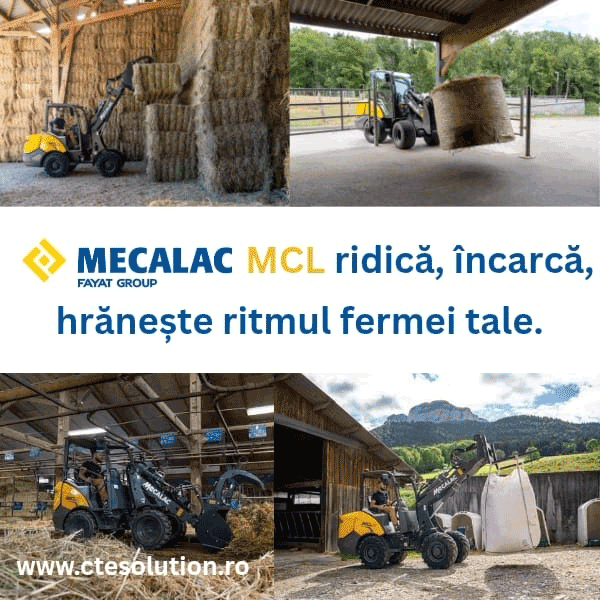313

Facing a shelf full of seemingly similar products, the real difference is not the packaging, but the ingredient list. The front label — attractive, colorful, and often loaded with promises — is primarily a marketing tool. The relevant information about composition is, however, on the back: in the ingredients list and the nutritional table.
According to European legislation, ingredients must be listed in descending order by quantity. This means the first ingredient is the most abundant in the product, while the last ones are present in minor amounts. For example, a fruit yogurt where the first ingredient is “sugar” or “fruit preparation” may actually contain less fruit than the image on the packaging suggests.
For consumers, reading ingredients is the first step toward making an informed choice. Short lists with easily recognizable ingredients are generally preferable. Excessive amounts of additives, artificial flavors, hydrogenated fats, or intense sweeteners can signal an ultra-processed product, even if the packaging features terms like “natural,” “traditional,” or “homemade.”
For processors, honesty in recipe formulation and presentation can become a competitive advantage. Modern consumers are better informed, more attentive to composition, and increasingly loyal to brands that communicate transparently. Practices such as highlighting the main ingredient (e.g., “contains 60% fruit”) or avoiding misleading claims help build trust in the product.
Learning to read ingredients is not about becoming suspicious — it’s about understanding what goes on our plate. Advertising may sell the first time — but composition determines whether the product will be bought again.
(Photo: Freepik)





